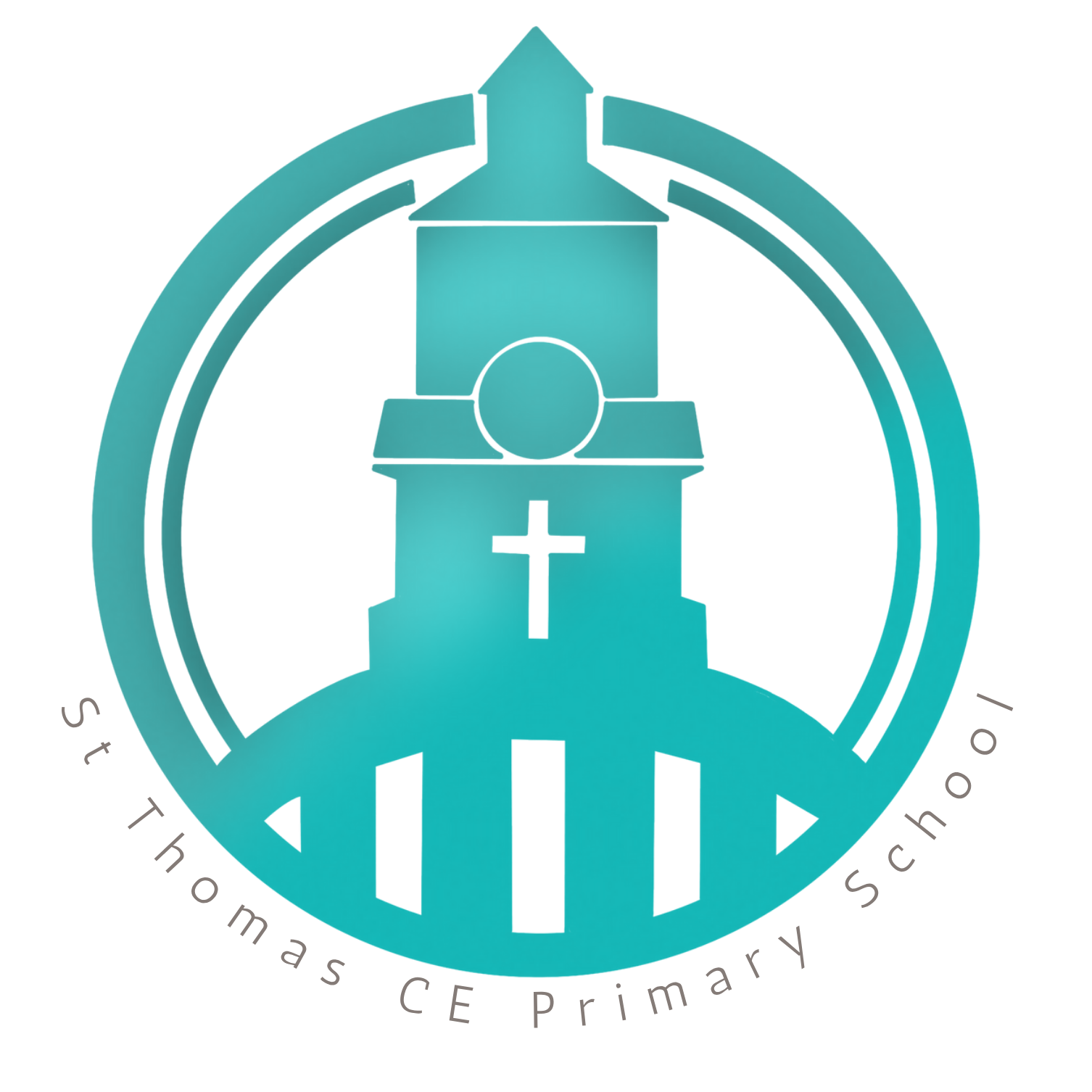Spelling

Intent
St Thomas uses CUSP spelling as a strategy to teach and build spelling concepts and different techniques for children to become confident spellers.
CUSP Spelling has been purposefully built around the principles of evidence-led practice. This is to ensure that pupils acquire deep knowledge about the English spelling system and that this learning endures. The curriculum is written cumulatively to allow teachers to move backwards and forwards depending on the starting points for their pupils. Fully resourced, CUSP Spelling is both teacher facing and pupil facing, building consistency in how Spelling is taught across the school and ensuring that all teachers have the deep subject knowledge required to teach the statutory content of the National Curriculum for Spelling. CUSP Spelling is a balanced approach, drawing together knowledge about phonics and vocabulary and pairing this with pattern seeking and reasoning.
The CUSP Spelling curriculum is organised into 2-week blocks, with each block covering a particular set of key concepts, including spelling patterns, etymology and morphology and reasoning about spelling. These blocks are made up of three lessons per week: 3 x 15 minute (minimum) spelling sessions a week. Systematic revisiting and incremental progression is inherently written into the long term sequence, both within and across year groups. Years 2-6 have 16 x 2-week blocks, leaving a small number of weeks for flexible content. This includes revisiting, assessment and enrichment. Year 1 has 6 blocks, which are delivered during the summer term to begin to build on pupils’ strong grasp of phonics at that point.
Implementation
The sequence of a block follows a routine pattern to ensure that both teachers and pupils are familiar with, providing a rhythm to each unit. This includes direct instruction of key concepts, revisiting of prior knowledge, explicit teaching of reasoning and spelling transfer (the application of spelling knowledge into writing) and a deliberate focus on etymology and morphology.


Impact
Each block includes the study of key spelling concepts. We call them concepts and not rules because there are simply too many exceptions to any pattern for it to be a rule.
The curriculum is not built around the rote memorisation of spelling ‘rules’; instead, the focus is building on what pupils have learnt about the alphabetic code through Phonics lessons and teaching them to seek patterns and reason about how to spell new or unfamiliar words.
The spelling concepts included in CUSP Spelling are much further reaching than the National Curriculum programme of study for Spelling. The statutory concepts are included in the long-term sequence but these are paired with the study of etymology and morphology, a focus on common misconceptions, learning about self-correction and reasoning about spelling attempts. This ensures that pupils become competent spellers and that they develop the independence to identify and correct errors in their independent writing. The long-term sequence outlines the fundamental substantive knowledge that is the focus of each block. This is paired with the disciplinary knowledge that features in every block; reasoning, spelling transfer and error correction. Each concept is taught, revisited and consolidated throughout the curriculum so that pupils master this learning and commit it to the long-term memory. The evidence-led principles of sequencing the knowledge in CUSP Spelling mirror those that underpin the wider CUSP offer.
Children will become strong, confident writers – By understanding fundamental spelling concepts, children will be able to apply these in their independent writing when faced with new vocabulary. Having the experience, understanding and exposure of the features of language, including morphology and etymology, children will have not only the required age-appropriate skill required for each stage of writing, but will feel confident enough to attempt more complex spellings within their writing.

